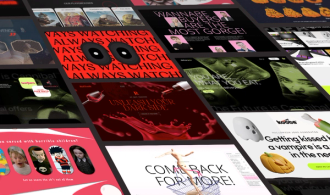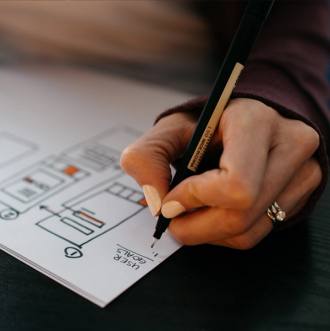In the sprawling realm of the internet, where every click and interaction matters, a disconcerting trend has emerged – the rise of dark patterns in UX design. These subtle manipulations play on our cognitive quirks, leading us down paths we never intended to travel, and sometimes, a far cry from a good user experience. As users, we often find ourselves ensnared in webs of confusion and frustration, wondering how seemingly innocent interactions could turn so deceptive. Today, let's peel back the layers of this deceptive web and explore how ethical UX design can guide us towards a more transparent and trustworthy digital experience.
First, we can look at ‘The Dark Arts of Deception’ which includes tactics such as misleading language and hidden traps. Users often encounter ambiguous language and unexpected costs buried in the terms when signing up for a service. For example, while browsing an online store, enticing offers may become deliberately convoluted, clouding the true nature of the deal with phrases like "Exclusive Membership" and "Limited Time Offer." These tactics are designed to confuse and erode trust, leaving users frustrated and deceived. Sneaky tactics like adding items to the cart, guilt-tripping, and abrupt pop-ups create a sense of urgency, pressuring users to make immediate decisions. These dark patterns can leave users questioning the sincerity of the platforms they engage with.
Another treacherous terrain within the digital landscape is the world of hidden costs. Consider you're about to finalise a purchase, only to discover unexpected fees during checkout—shipping charges, handling fees, and mysterious taxes appearing out of nowhere, distorting the perceived value of your intended purchase. These concealed traps disrupt the user journey, leaving a bitter aftertaste for unsuspecting consumers. Dark UX designers manipulate the essence of choice by limiting options, subtly coercing users into undesired actions. The concept of forced continuity is equally sinister, turning free trials into involuntary subscriptions, ensnaring users in an unwanted cycle of financial commitment.
So how do we, as creators and designers, combat these user deceptions to ensure we are constantly championing transparency, empathy, and integrity in UX design?
Ethical UX designers stand as pillars of good user experience. Their mission? To create interfaces that respect our choices and build trust with the user base. At the heart of ethical UX design lies empathy – understanding users’ needs, behaviours, and frustrations. By adopting a user-centric approach, designers can create interfaces that anticipate user behaviours and cater to their preferences. Ethical UX designers conduct thorough user research, engage in user interviews, and employ personas and user journey mapping to gain deep insights into the user's world. This profound understanding becomes the bedrock upon which intuitive and genuinely helpful digital experiences are built. Transparency becomes the cornerstone of ethical UX design.
In the rapidly evolving landscape of digital design, ethical UX design needs to evolve even transparency; it needs to embrace inclusivity. Designers must ensure that digital interfaces are accessible to all users, regardless of their abilities or disabilities. This means creating interfaces that are navigable via screen readers, keyboard shortcuts, and other assistive technologies. By championing inclusivity, ethical designers create digital spaces that empower every user, fostering a sense of belonging and equality.
But why does ethical UX matter beyond the moral high ground? Because it transforms the user experience into something more profound and can build a lasting relationship with your business. Transparency brings trust. When users feel respected, they return, forging enduring relationships with platforms they trust, forming the bedrock of digital communities. And how might you ask, does this affect your bottom line? Well it’s simple really, positive user experiences drive engagement and conversions.
As designers, armed with the knowledge of these deceptive practices, we have the power to design better user experiences and build your website on these foundations of trust with the user. We champion inclusivity, making certain that our designs cater to every user, irrespective of their abilities or disabilities. In this role, we become advocates for the user, crafting digital experiences that prioritise their dignity and autonomy. And for you as a client, we’re always keeping the metrics that matter to you top of mind.









